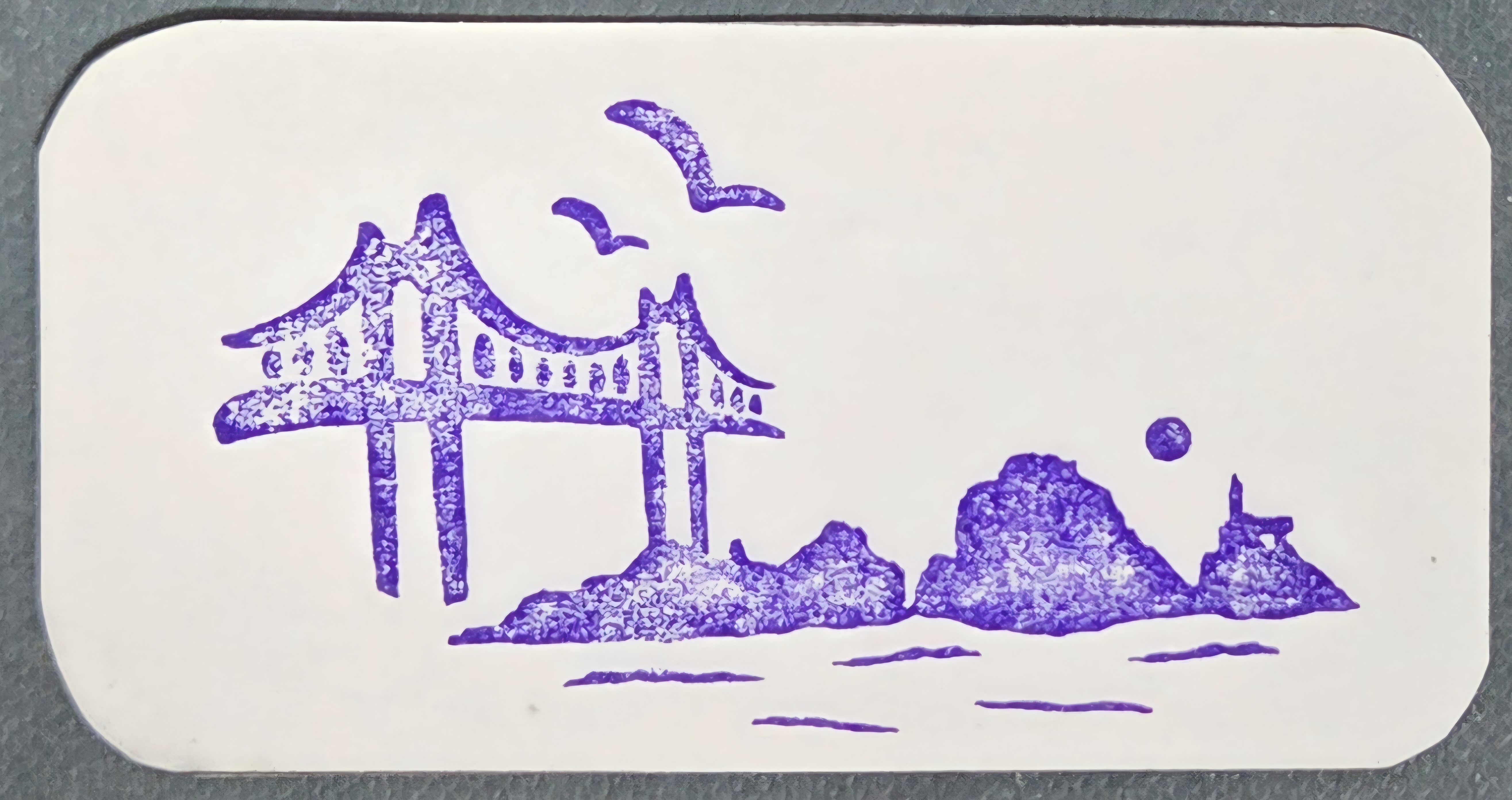A History of Everyday Life Through Relief Supplies (2)
구호물자는 여러 영역에 걸쳐 있었다. 그 중 중요한 품목은 의료, 의약품 이었다.한국전쟁은 피를 많이 흘린 전쟁 이었다. 제2차 세계대전 이래 수류탄등이 등장하면서 동맥출혈환자가 2차대전에 비해 2배이상 발생했다. 단 한국전쟁에서는 혈액보급이 긴급하게 이루어졌다. 수혈에 필요한 혈액은 미국적십자, 일본주둔 미군 비전투요원, 일본인 지원자 등의 혈액공급이 있었다. 한국전 후반에 혈액은행이 생겼다. 당시 MASH (Mobile Army Surgical Hospital) 육군이동외과병원이 생겼다. 양차대전의 산물로 전선부근에서 사단및 연대단위의 의료지원이 가능해졌다. 부상병은 여기에서 치료하거나 후방인 일본으로후송 되었다. 여기에서 수술이 많이 이루엊졌고 환자의 목숨을 살리기 위해 어쩔수 없는 사지손상은 감수하는 방식 이었다. 당시 한 의사는 이 수술실 광경을 미트볼 수술(meatball surgery) 이라고 했을 정도로 절단 수술이 많았다. 일제 강점기 이론중심의 의학에서 배웠던 군의관들은 첨단기술에 충격 받았다. 실제로 흉부외과, 마취과, 혈액, 재활등 다양한 의료분야에서 비약적인 발전을 한다. 한국전쟁후 WHO, 미국의 대한기술원조로 미네소타 프로젝트를 통한 서울대의대지원, 미국 록펠러재단 소속의 차이나메디컬보드를 통한 서울대, 연세대, 경북대, 부산대, 전남대 등의 의료설비 지원으로 이론 중심에서 임상중심으로 한국의학이 바뀐다. 한국전쟁을 통해서 영국 및 미국의 보장구, 보장구제작 기술이 도입되었다. 사지절단 환자가 늘어 나면서 상이군경의 재활을 위한 보장구가 등장한다. 전쟁전에 부산의 정양원, 1952년10월에 부산에 육군의지창을 발족 시켰다.
#자장면의 황금시대
중국음식이 우리나라에 전래된것은 100년이 넘었다. 1882년 임오군란 때 군인들과 함께 중국상인이 들어 오면서 들어 왔다. 일제말에 조선에 거주한 화교는 6만5천명, 중국음식점 수는 300여개 였다. 중국음식의 한국화는 해방이후에 이루어졌다. 한국정부가 화교들의 무역을 금지 시키면서 화교들이 일자리를 잃게 되었고 중국이 공산화 되면서 돌아갈수 없게 되었다. 그래서 1948년~1958년 까지 중국음식점 수가 332-->1702개로 다섯배 늘었다. 한국인 입맛에 맞는 메뉴도 개발했다. 자장면, 탕수육 등이 그렇다.
자장면은 저렴한 가격으로 외식거리로 급부상했고 1956년 부터 도입된 미국산잉여농산물은 한국곡물생상의 40%를 차지 했다. 그 가운데 밀이 70%밀은 쌀값과 비교 할수 없을 정도로 쌌으며 박정희 정권의 분식먹는날 등이 밀 소비를 부추겼다. 이러한 바람을 타고 자장면이 가장 대중적인 와식품목이 되었다.
외식이 본격화 되기 시작한것은 1980년대 중반, GNP 3천 달러 부터 외식이 본격화 된 우리나라는 1980년대 중 후반 3천달러 시대, 86,88 올림픽 이후 정부에서 소비문화를 부추겼고 외국계 패스트푸드점이 들어오면서 외식문화를 선도하기 시작했다.
Relief Supplies and Medical Advancements During the Korean War
Relief supplies covered various areas, but among the most crucial items were medical equipment and pharmaceuticals. The Korean War was a conflict that resulted in significant bloodshed. Since World War II, the increased use of grenades and other explosive devices led to a more than twofold increase in arterial bleeding cases compared to the previous war. However, during the Korean War, blood supply was carried out urgently. Blood for transfusions was provided by the American Red Cross, non-combat U.S. military personnel stationed in Japan, and Japanese volunteers. In the latter part of the Korean War, blood banks were established.
During this time, the Mobile Army Surgical Hospital (MASH) system was introduced, allowing medical support at the division and regiment level near the front lines, a development stemming from the lessons of both World Wars. Wounded soldiers were treated at MASH units or evacuated to Japan for further care. Many surgeries were performed there, and to save lives, limb amputations were often unavoidable. One doctor famously described the operating room scenes as "meatball surgery" due to the high number of amputations.
Korean military doctors, who had been trained in a theory-focused medical system under Japanese rule, were astonished by these advanced techniques. The war spurred remarkable progress in various medical fields, including thoracic surgery, anesthesiology, hematology, and rehabilitation. After the war, organizations such as the World Health Organization (WHO) and the U.S. provided technical assistance to Korea. The Minnesota Project supported Seoul National University’s medical school, while the Rockefeller Foundation’s China Medical Board helped equip medical schools at Seoul National University, Yonsei University, Kyungpook National University, Pusan National University, and Chonnam National University. These efforts helped shift Korean medicine from a theory-based approach to a more clinical and practical system.
The Korean War also introduced British and American prosthetic technology. As the number of amputees increased, prosthetics were developed for war veterans' rehabilitation. Before the war, Busan had a rehabilitation center called Jeongyangwon, and in October 1952, the Army Prosthetic Factory was established in Busan.
The Golden Age of Jajangmyeon
Chinese cuisine has been present in Korea for over a century. It was introduced in 1882 when Chinese merchants arrived with soldiers during the Imo Incident. By the end of the Japanese colonial period, there were approximately 65,000 Chinese residents in Korea and around 300 Chinese restaurants.
The localization of Chinese food in Korea took place after liberation in 1945. The Korean government imposed trade restrictions on the Chinese community, causing many ethnic Chinese to lose their jobs. Additionally, with the rise of communism in China, returning home was no longer an option for them. As a result, the number of Chinese restaurants in Korea increased significantly, growing from 332 in 1948 to 1,702 in 1958—a fivefold increase. During this period, Chinese chefs created new dishes tailored to Korean tastes, including jajangmyeon (black bean noodles) and tangsuyuk (sweet and sour pork).
Jajangmyeon rapidly became a popular dining option due to its affordability. In 1956, the introduction of surplus agricultural products from the U.S. played a crucial role in transforming Korea’s food industry. At its peak, U.S. wheat accounted for 70% of imported grain, making it significantly cheaper than rice. Under President Park Chung-hee’s administration, government policies such as “Flour-Based Food Days” further encouraged wheat consumption, contributing to jajangmyeon’s rise as Korea’s most popular casual dining dish.
The restaurant industry began to flourish in the mid-1980s as Korea’s GNP reached $3,000. By the late 1980s, driven by the 1986 Asian Games and the 1988 Seoul Olympics, the government actively promoted consumer culture. The entry of foreign fast-food chains further accelerated the transformation of Korea’s dining scene.

'Inside Korea' 카테고리의 다른 글
| Korean pine tree 한국의 소나무 (1) (3) | 2025.03.02 |
|---|---|
| Celadon: Its History and Characteristics 청자 이야기 (2) | 2025.02.26 |
| 구호 물자와 일상의 역사 (0) | 2025.02.19 |
| The Decline of Tigers and Leopards in Korea 한국 호랑이 (0) | 2024.12.07 |
| Hall of the Underworld 시왕, 명부전 (0) | 2024.08.25 |

